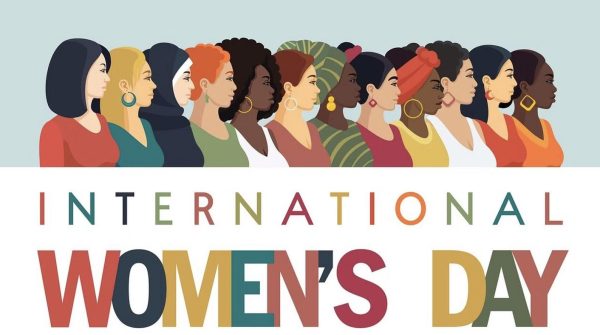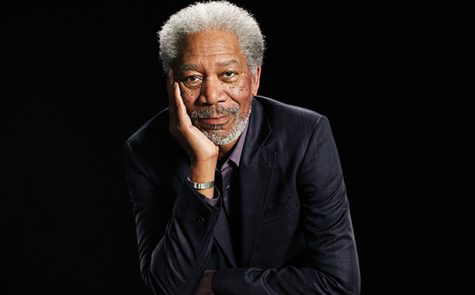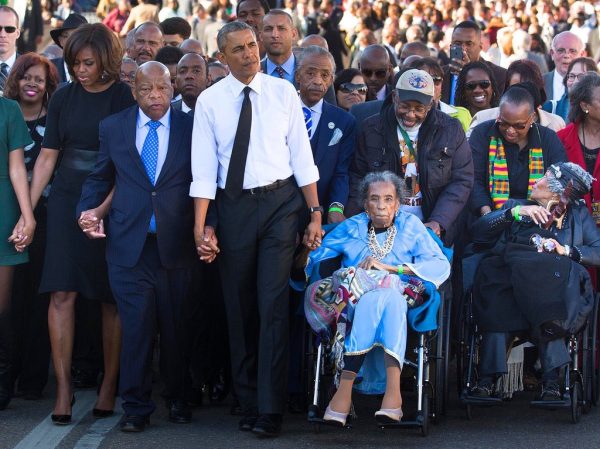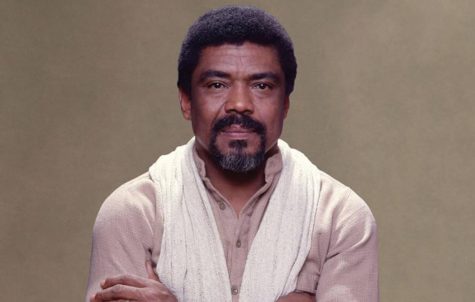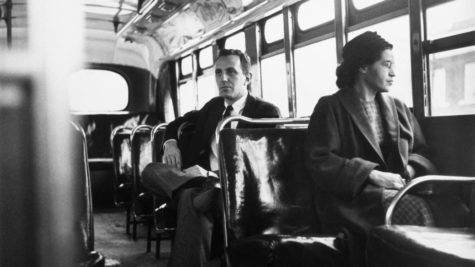Daylight Saving Time
March 14, 2016
“Daylight Savings Time” is actually “Daylight Saving Time”, and ironically it’s a common misconception. Daylight Saving Time originates from the early 19th century and as of the mid-21st century it is still implemented in the United States. On March 12th, the official time in most states within the U.S. went forward by one hour around 2am and will last for eight months before reverting back an hour. Within the United States, controlled territories like Hawaii and most of Arizona do not acknowledge Daylight Saving Time. Apparently, it was introduced during World War I in the United States to help with the war efforts because it allowed energy conservation to occur. On November 6th, later this year, Daylight Saving time will be over and the cycle will rinse and repeat until March 2017.
The true purpose for Daylight Saving Time is unknown. As for energy conservation during World War 1, it supposedly helped decrease the overall electricity use in the U.S. However as of the 21st century, it is proven that it does not make a significant difference at all and energy consumption actually increases. The increased electricity consumption is not because of Daylight Saving Time, but because of summer heat. The heightened use of alternating current is to blame, which is more commonly known as A.C. Several theories besides energy conservation were to trick enemies during the War, or for farmers to have more light because it extended daylight in their fields.
Daylight Saving Time is beneficial, yet the constant shift is unnecessary. It can take up to several weeks for adjustment and the shift fails to serve a purpose as of now. Fortunately, upcoming mornings will become darker, leaving afternoons to have more light. Daylight Saving Time acts as a benefit by offering more light after work and school thus assisting people who tend to head home during later afternoon hours to depart home with ease. If the United States were to keep time permanently at sync with standard Daylight Saving Time, it would allow time to be stable.
By shifting the time forward and moving it back, confusion may arise and sleep loss may occur. Most countries function normally without a Daylight Saving Time and for reasons unknown the United States still has this system implemented. Daylight Saving time was designed to make life more enjoyable because typically, people tend to be awake more in the evenings compared to the mornings.
Klein, Christopher. “8 Things You May Not Know About Daylight Saving Time.” WWW.History.com. WWW.History.com, 9 Mar. 2012. Web. 5 Mar. 2016.
Brown, Justin. “Know It All: What Purpose Does ‘Daylight Saving Time’ Serve?” Primer. Primer Magazine, n.d. Web. 07 Mar. 2016.
Fretman, Rachel. “5 Myths about Daylight Saving Time.” Washington Post. The Washington Post, 6 Mar. 2016. Web. 07 Mar. 2016.




